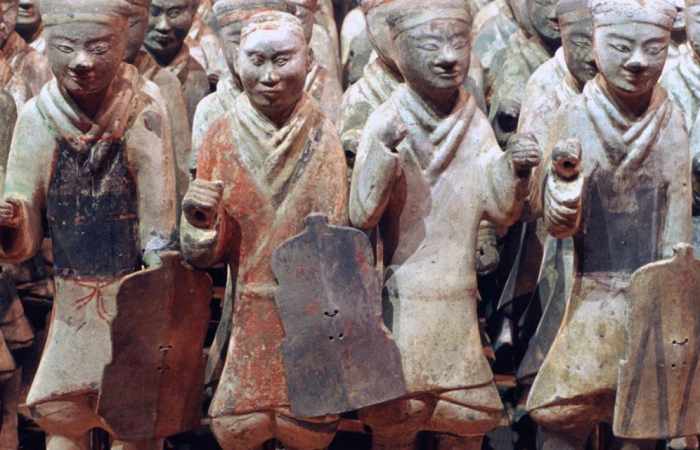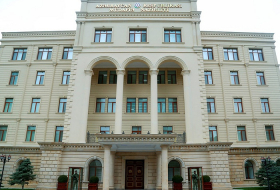What the farmers had stumbled upon proved to be one of the greatest archaeological discoveries of the 20th Century. Buried below the fields were thousands of life-sized and deftly sculpted terracotta warriors dating from the 3rd Century BCE reign of Qin Shi Huang, the first emperor of a united China.
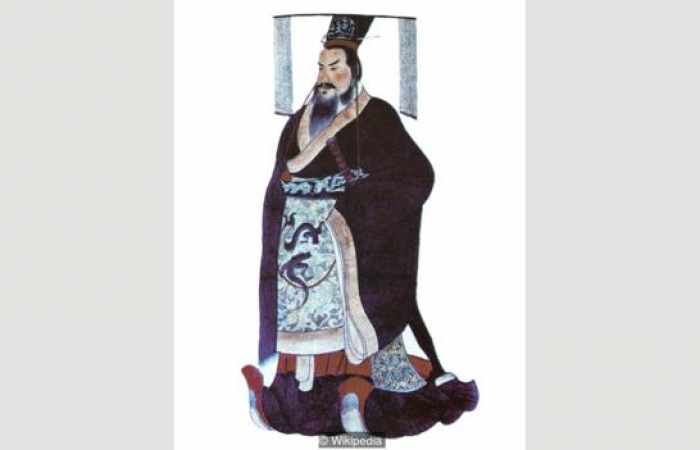
Qin Shi Huang, who died aged 49 in 210 BC, was the first emperor to unite the warring states of China into a single nation (Credit: Wikipedia)
Perhaps it was lucky that this subterranean army had been discovered at the tail end of Mao Zedong’s Cultural Revolution. In 1969, zealous Red Guards had made a manically destructive raid on the underground tomb of the Ming emperor Wanli (1563-1620) outside Beijng. The skeletons of the emperor and two of his empresses were dragged to the door of the tomb, publicly denounced and burned. This was some years before the People’s Republic began investing in tourism and new museums, some 4,000 of them since the red star set on the Cultural Revolution in 1976.
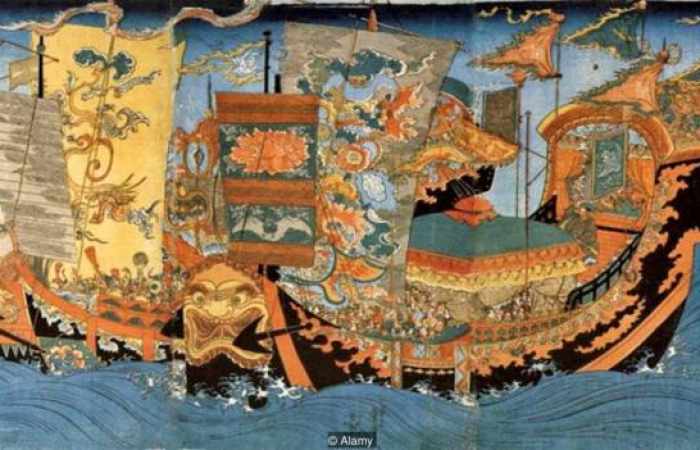
Qin Shi Huang was obsessed with attaining immortality and sent Xu Fu on an sea voyage to find the elixir of life – Xu never returned (Credit: Alamy)
The uncovering of legions of life-like terracotta warriors excited China and thrilled the world. Qin Shi Huang’s soldiers marched into the British Museum in September 2007. Over the next six months more than 850,000 visitors came to inspect them. Only 1972’s Treasures of Tutankhamun show drew a bigger crowd. Some of the warriors are now going on show among 160 other works of art drawn from 32 Chinese museums and archaeological institutions in the exhibition Age of Empires: Chinese Art of the Qin and Han Dynasties at New York’s Metropolitan Museum of Art, and a veritable army of visitors is expected.
The warriors are indeed special. Buried in formation in brick-lined trenches, each appears to have its own character, although in fact their moustachioed faces are derived from 10 basic types. Originally painted in bright red, blue, pink and gold, today Qin Shi Huang’s kit-of-parts warriors are bleached of colour. Time and the ravages of nature have also robbed the warriors of the real weapons they once bore.
Ye who enter
Intriguingly, the sheer number of warriors and their armoury suggest they were made through an early form of mass production. And, yet, should we have expected anything less from Qin Shi Huang, the dynamic young king who united China in 221 BCE and forged his vast empire together through the imposition of single systems of writing, money, weights and measures along with die-straight canals and roads? To protect his northern border, the emperor began construction of the Great Wall of China.
Hugely ambitious, Qin Shi Huang sought eternal life. He dispatched a minister overseas, never to return, in search of a magic potion. Knowing of ancient kings and sages who had lived 10,000 years and more by ingesting cinnabar (mercury sulfide), the emperor took to drinking draughts of wine sweetened with honey and laced with mercury.
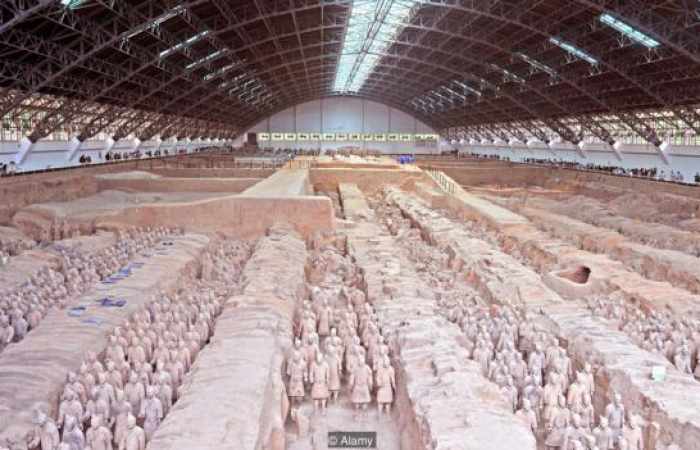
Qin was interred in a massive mausoleum, still unopened to this day, that was surrounded by the terracotta army (Credit: Alamy)
By the time he died at the age of 39, presumably through mercury poisoning, Qin Shi Huang had all but completed his colossal underground tomb. If he were unable to rule forever in waking life, then he would be emperor until the end of time in the afterlife.
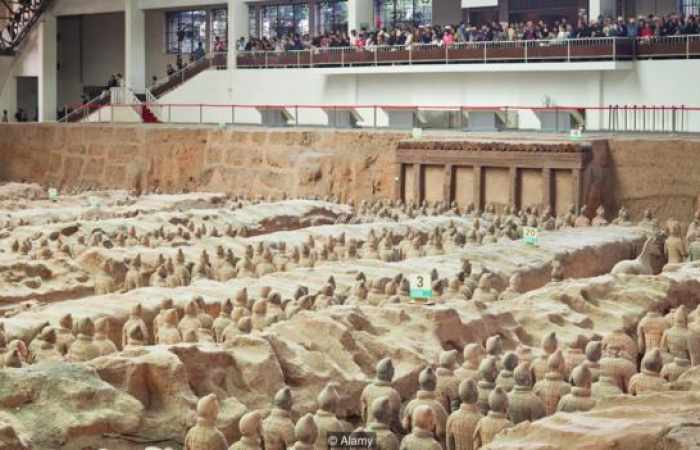
More than 1.5m people visit the terracotta warriors excavation site in Xi’an annually – and they have drawn huge crowds at museums around the world (Credit: Alamy)
The scale of the Chinese emperor’s mausoleum, the size of a great ancient city, remains breathtaking, its core a pyramid that once rose to 100m (328ft). Less than half this height today and long greened by vegetation the pyramid remains clearly visible. In terms of Chinese tradition, it forms the eye of a propitious landscape that can be read as a dragon.
Tomb raiders
As for the 8,000 terracotta warriors, these – standing in line beyond the tomb itself – are there to guard the secrets of Qin Shi Huang’s underground empire. And secrets there are, and will be for many years to come, as the tomb remains sealed.
Archaeologists and museologists worldwide agree that opening the tomb would be a disaster, as exposure to air would damage it irreparably. In early digs to uncover the terracotta warriors, the lacquer beneath their painted faces and uniforms curled after just 15 seconds. More than this, though, according to 2nd Century BCE historian Sima Qian – whose description of the mausoleum has proven to be far more accurate than modern historians had once thought – rivers of mercury surround the emperor’s burial chamber. If they do, this would be a treacherous place to enter. Recent scientific studies have shown that soil here contains unusually high concentrations of mercury, although whether or not the emperor’s advisors could have produced so much liquid metal remains a matter of conjecture.
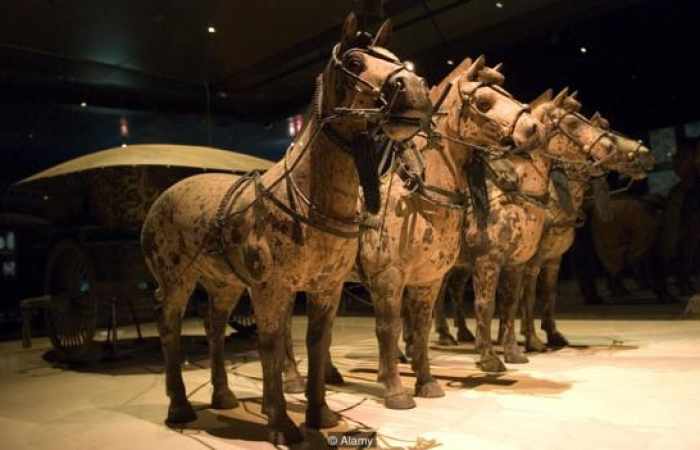
Terracotta horses, carts and chariots were also carved and buried to guard the emperor’s tomb (Credit: Alamy)
If no one is willing to enter, or even to probe the tomb for fear of causing damage to the treasures that surely lie within, there are further reasons for keeping well away. According to Sima Qian, mechanical crossbows guard entrances and passageways. Do they exist? Have they rotted away, or – chromium-plated – might they still send deadly bolts hissing through the darkness towards the flesh-and-blood torsos of would-be Indiana Joneses?
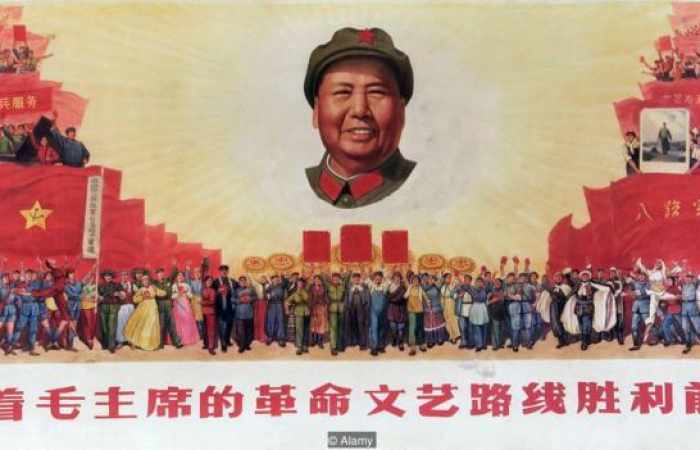
The radicalized student Red Guards of the Cultural Revolution had previously exhumed, denounced and burned the emperor Wanli’s corpse (Credit: Alamy)
Until new techniques are discovered, the secrets of Qin Shi Huang’s tomb will remain a haunting mystery. In the meantime, the army of terracotta warriors found beyond it are enveloped in supposition, too. As further pits were revealed during the 1970s, mounted warriors and chariots driven by life-like horses were uncovered along with simulacra of generals and high-ranking officials. The top-knotted infantrymen known to so many museum visitors – in their own special way, the terracotta warriors have conquered the world – have been joined since by standing and kneeling archers, spear-wielding charioteers, strongmen, acrobats, dancers, musicians and exquisite bronze sculptures of swans, ducks and cranes.
Samples of DNA taken from a number of skeletons suggest that some of the emperor’s enormous workforce were of European origin. Had Ancient Greeks shown the Chinese how to sculpt figures and horses as magnificently as Phidias and his studio had when they carved the frieze of the Parthenon in 5th Century BCE Athens? Certainly nothing like the terracotta warriors or their cavalry’s horses had been seen in China before the building of Qin Shi Huang’s mausoleum.
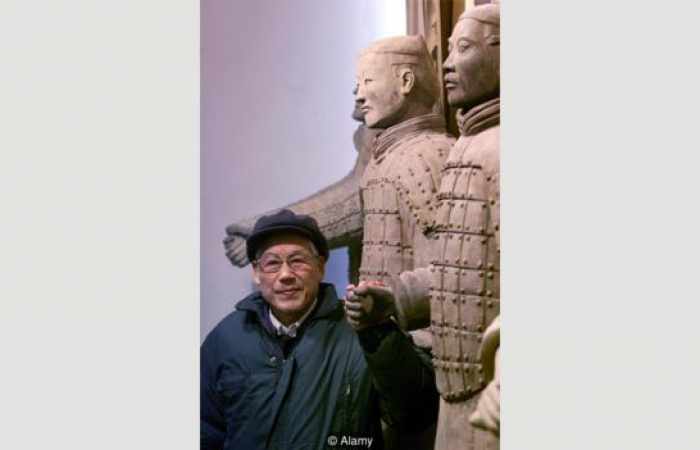
Yang Zhifa discovered three statues on his farmland in 1974. There were 7,000 more to be discovered by others (Credit: Alamy)
We can only wait to find out more about this astonishing place, its secrets first uncovered by Yang Zhifa, his brothers and Wang Puzhi 43 years ago. Unlike the terracotta warriors this gang of seven has struggled to survive – the farmers made little or nothing from their discovery. In the interest of tourism, their land was taken away. In 1997, poverty stricken and sick, Wang Puzhi hung himself. Within three years, Yang Wenhai and Yang Yanxin, jobless and unable to afford doctors, died in their early 50s.
In 2007, Liu Xiquin, wife of Yang Quanyi, whose family home had been demolished, told the South China Morning Post, that her husband was afraid that he and his brothers “might have brought misfortune in some way, and does still wonder if maybe the soldiers should have been left beneath the ground.”
/BBC/
More about: #Chinesearmy








